Squashing the FUD around Windows Recall.
Since Microsoft announced Windows 11's big next-gen AI feature push, the internet has been up in arms over Windows Recall, the company's magnum opus AI experience that's exclusive to Copilot+ PCs launching this summer. While some responses have been sane, a large percentage of people have wasted no time spreading FUD (fear, uncertainty, and doubt) over this new feature without really understanding it.
In case you've been living under a rock: Windows Recall is a new feature that will take snapshots of your screen every few seconds and use on-device AI to analyze and triage that content. This allows you to semantically search for anything and everything you've ever done on your computer using natural language, and is arguably the next generation of search of Windows.
Unsurprisingly, this has led to many people calling Recall a spyware tool for Microsoft to watch everything we do on our computers, which is a particularly unfair description of the feature. Microsoft is actually taking privacy and security very seriously, and this article attempts to explain how, and why your worries about Windows Recall are unfounded.
Windows Recall data is encrypted on your device
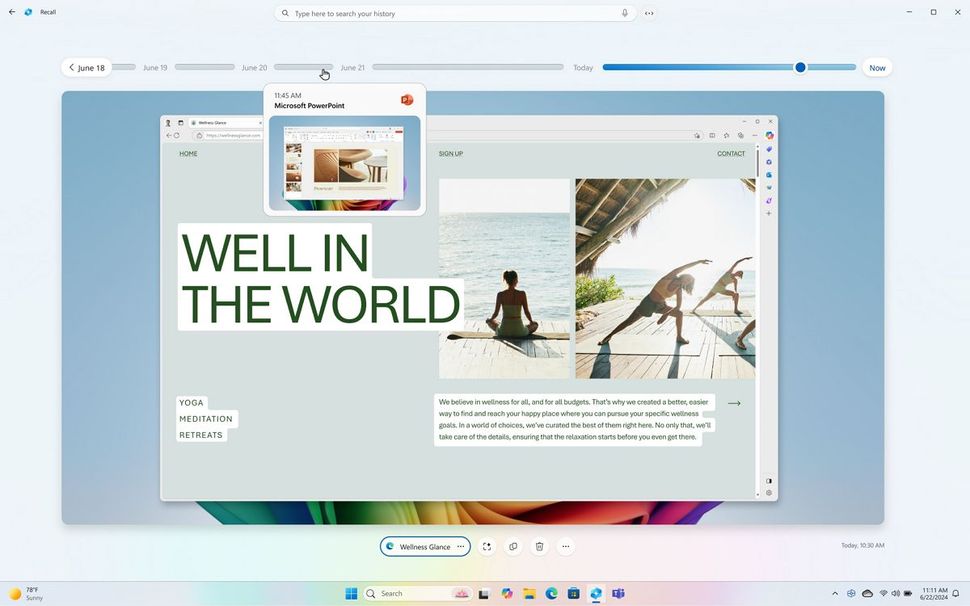
Windows Recall is encrypted on your device, and its data is not shared across accounts. (Image credit: Microsoft)
First thing is first, the snapshots and strings of text that Windows Recall logs are safely encrypted on your PC using Device Encryption and Bitlocker. This means if your laptop is ever stolen, intruders can't access the contents of your storage without an encryption key, and they won't be able to gain access to any stored snapshots without being logged in to your account.
Additionally, Microsoft also says that Windows Recall does not integrate with other apps or services. This means it's not sharing stored data with other Windows services or apps, and the only time it does share a snapshot is when the user manually initiates the share button in Recall. When this happens, Recall will make a copy of the snapshot and place it in C:\Users\[username]\AppData\Local\Temp. Once the share is complete, Windows will delete the snapshot from that temp directory.
While Windows Recall does have an API, this is only for developers to create a seamless experience, jumping from snapshot into a live app. It does not allow the app access to Recall's stored snapshots.
Windows Recall does not send your data to the cloud
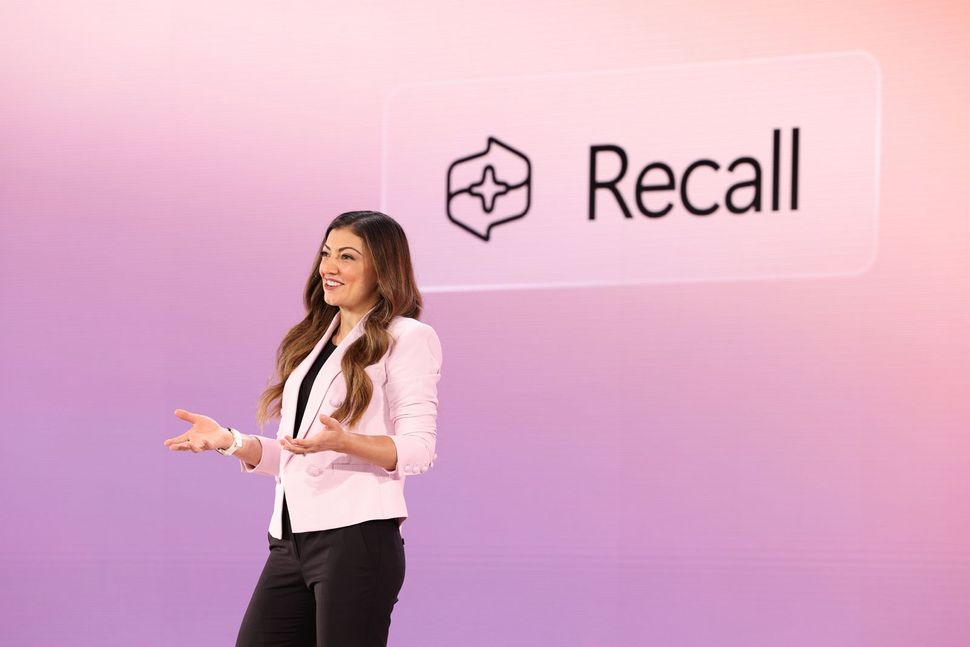
Microsoft cannot see your snapshots as they don't get uploaded to the cloud. (Image credit: Microsoft)
This is arguably the most important point to hammer home: Windows Recall does not talk to the cloud. It does not send your data from your device to Microsoft servers. This includes snapshots, strings of text, and search queries. Microsoft cannot see anything that Windows Recall collects, and this is by design.


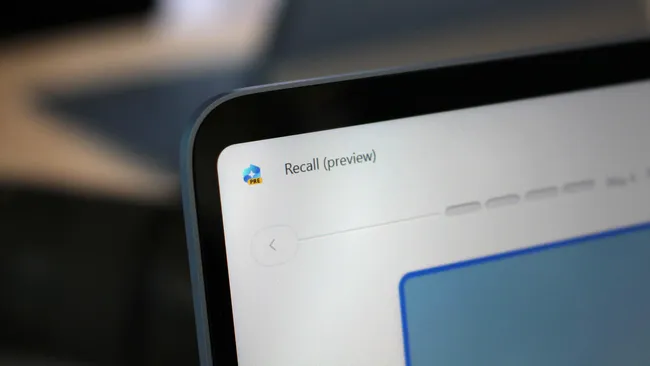
3175x175(CURRENT).thumb.jpg.b05acc060982b36f5891ba728e6d953c.jpg)
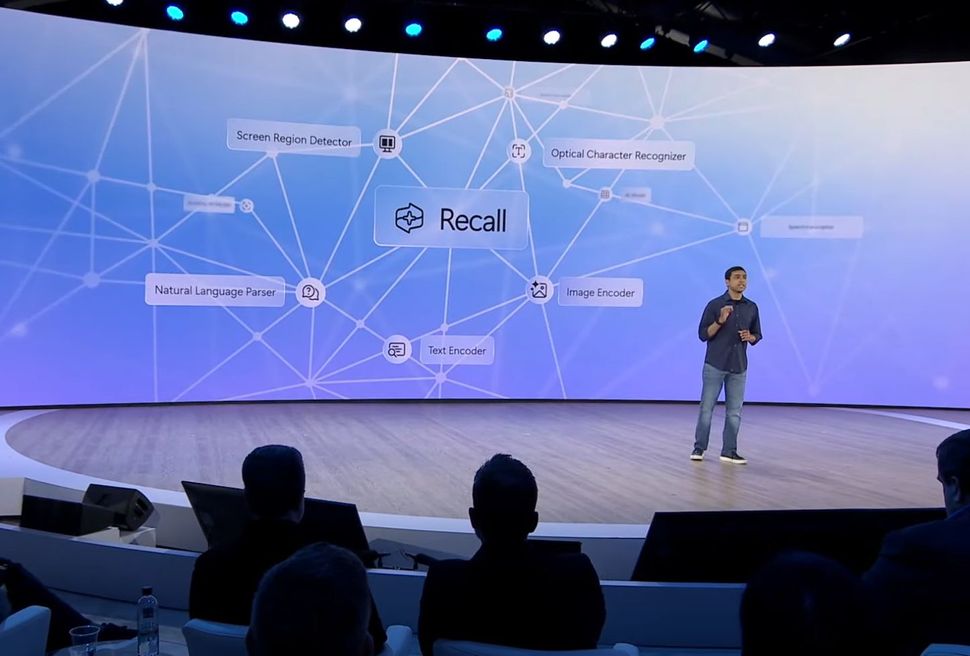
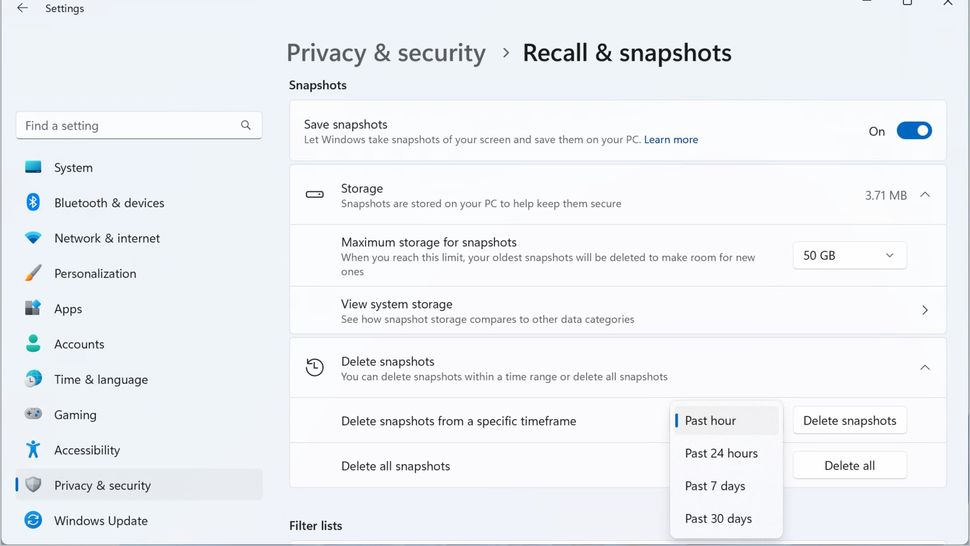
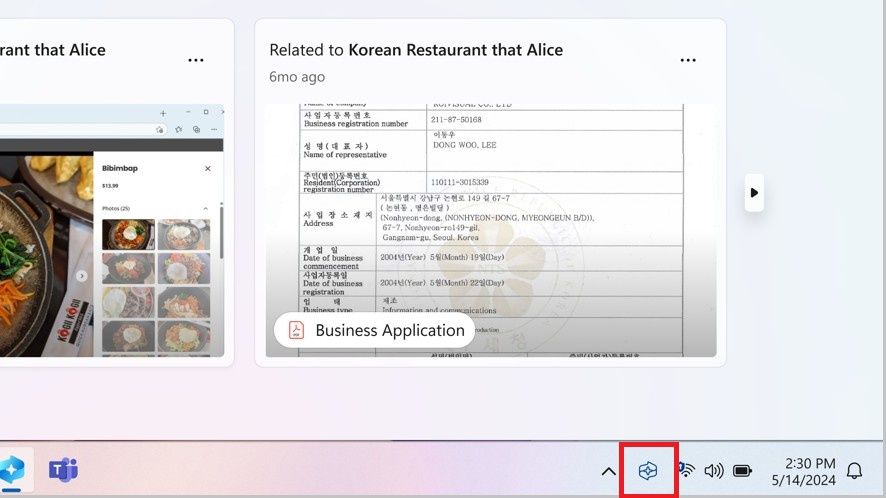
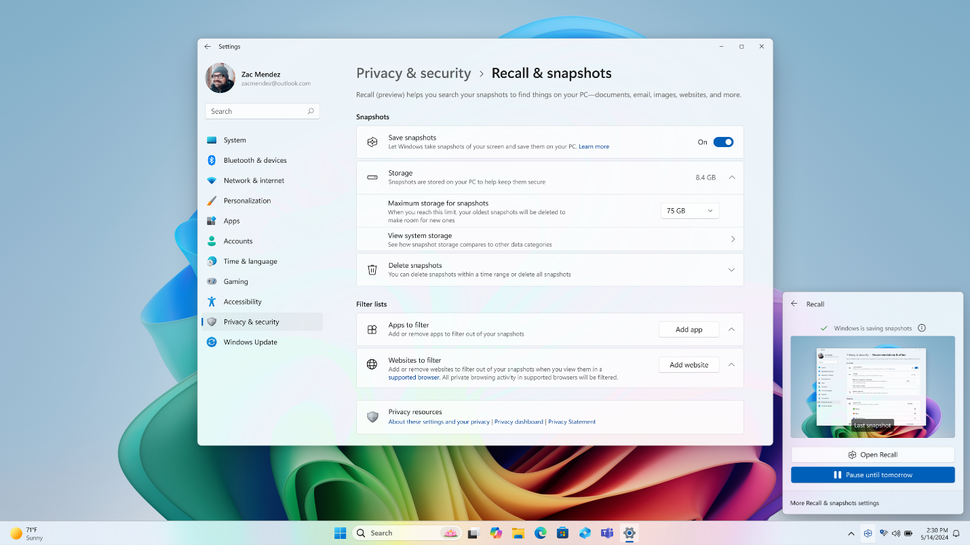
Recommended Comments
Join the conversation
You can post now and register later. If you have an account, sign in now to post with your account.
Note: Your post will require moderator approval before it will be visible.